Landscape fabric - safe for organic garden?
tooticky
16 years ago
Featured Answer
Comments (37)
Kimmsr
16 years agogardenlen
16 years agoRelated Professionals
Franconia Landscape Architects & Landscape Designers · Graham Landscape Architects & Landscape Designers · Waterbury Landscape Contractors · Cockeysville Landscape Contractors · Danvers Landscape Contractors · Harvey Landscape Contractors · Muttontown Landscape Contractors · Newnan Landscape Contractors · Pikesville Landscape Contractors · Shorewood Decks, Patios & Outdoor Enclosures · Alexandria Decks, Patios & Outdoor Enclosures · Dedham Decks, Patios & Outdoor Enclosures · Westford Decks, Patios & Outdoor Enclosures · Wildomar Decks, Patios & Outdoor Enclosures · Rolling Meadows Stone, Pavers & Concretevinny_75
16 years agojustaguy2
16 years agothe_virginian
16 years agoKimmsr
16 years agovinny_75
16 years agodavid52 Zone 6
16 years agothe_virginian
16 years agoKimmsr
16 years agovinny_75
16 years agoannpat
16 years agodavid52 Zone 6
16 years agoannpat
16 years agoKimmsr
16 years agopaulns
16 years agoKimmsr
16 years agokimmq
9 years agosmatthew_gw
9 years agodrmbear
9 years agogreenbean08_gw
8 years agojolj
8 years agotaleen
7 years agolast modified: 7 years agokimmq
7 years agojolj
7 years agokimmq
7 years agojolj
7 years agoM. Wilson
7 years agoAnn
6 years agoJean
6 years agofloral_uk z.8/9 SW UK
6 years agoAnn
6 years agoAnn
6 years agolazy_gardens
6 years agoAnn
6 years agoJoe Dunn
last year
Related Stories
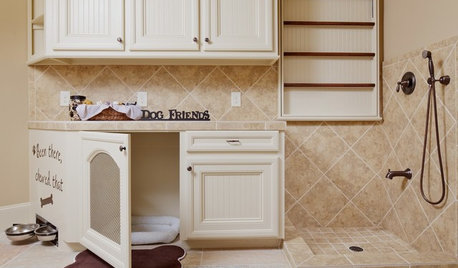
PETSThe Crate Conundrum: A Safe Place for Your Pooch
Get ideas for a comfy den for your dog that works well with your space too
Full Story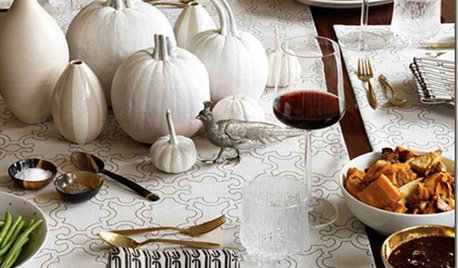
LIFEHow to Keep Your Pets Safe During the Holidays
To avoid an unwanted trip to the vet, be aware of these holiday-related hazards for dogs and cats
Full Story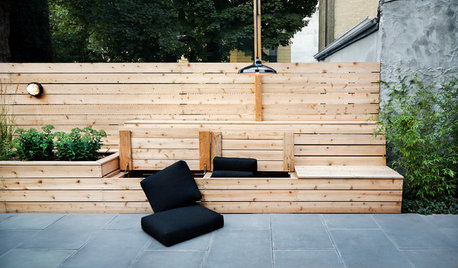
LANDSCAPE DESIGN8 Stylish Storage Solutions for Your Patio and Garden
See how to stash your outdoor cushions, rugs, tools and toys on a table, in a bench and even underground
Full Story
GARDENING GUIDESHow to Switch to an Organic Landscape Plan
Ditch the chemicals for a naturally beautiful lawn and garden, using living fertilizers and other nontoxic treatments
Full Story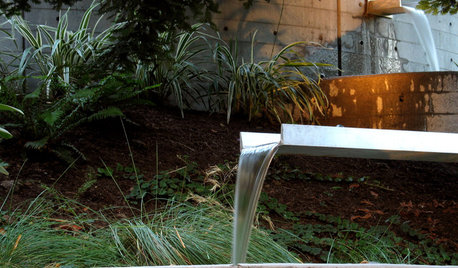
LANDSCAPE DESIGNGive Your Garden an Industrial Edge
Create intriguing contrast by borrowing from the factory to dress up your organic setting
Full Story
GARDENING GUIDESOrganic Matters: Thwart Insect Pests With Trap Crops
Add a few sacrificial plants to your garden to lure insects away from the harvest
Full Story
GARDENING AND LANDSCAPINGBuild a Raised Bed to Elevate Your Garden
A bounty of homegrown vegetables is easier than you think with a DIY raised garden bed to house just the right mix of soils
Full Story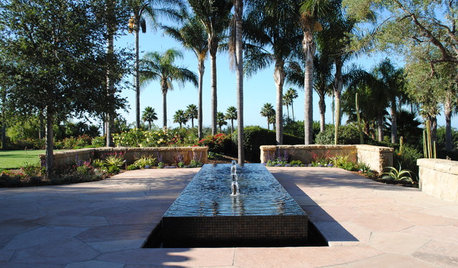
GARDENING AND LANDSCAPINGGardens Tap Into Rill Water Features
Rooted in ancient design, this water feature is popular again as a way to help contemporary landscapes flow
Full Story
MATERIALSFabric Focus: Bridge Traditional and Retro Styles With Chintz
Decorate with this floral fabric to add color, dimension, romance and more
Full Story
MOST POPULARHow to Start a Cool-Season Vegetable Garden
Late summer and late winter are good times to plan and plant cool-season crops like salad greens, spinach, beets, carrots and peas
Full Story





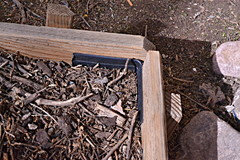
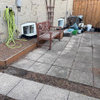

Stephen Carmona